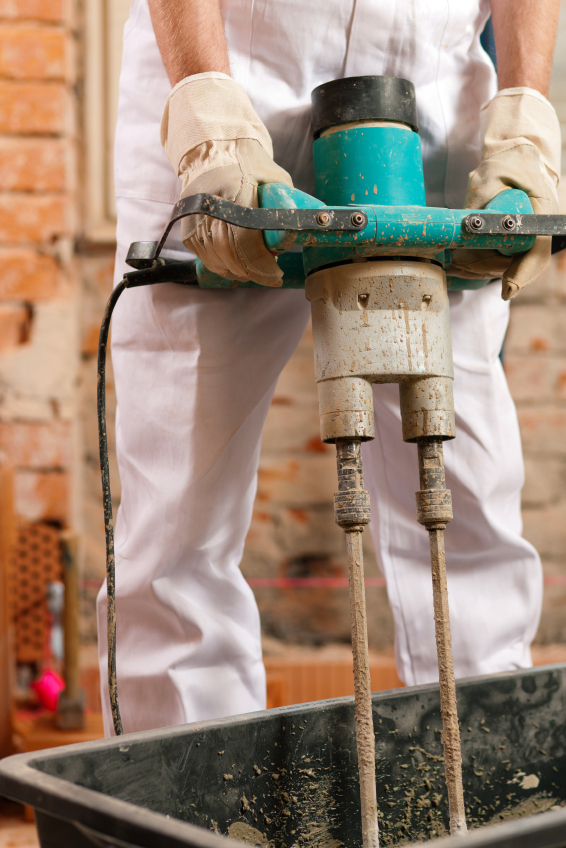Hod Carriers and Mesothelioma
For Hod Carriers Who Get Mesothelioma, It’s a Crisis
You deliver bricks and other materials to bricklayers and stonemasons. You mix the mortar those tradesmen use.
As a result, you come into contact with asbestos many times each day.
Your risk for developing mesothelioma is therefore moderate to high. The asbestos causing this risk is contained in:
- Bricks
- Mortar
- Sealants
Prior to the 1980s, asbestos was routinely added to these materials to make them heat- and flame-resistant as well as more durable, lighter in weight and better looking.
But since then the makers of bricks, mortar and sealants have backed away from using asbestos. It happened because in the 1970s the nation was swept by a wave of awareness that asbestos can kill.
That awareness was quickly followed by regulations prohibiting certain kinds of asbestos in certain applications.
But despite that, asbestos bricks can still be found. So can asbestos-containing mortar and sealants.
They are not in the marketplace but in buildings, chimneys and furnaces erected long ago and still standing. Unfortunately, there are still millions of such structures throughout the nation.
Asbestos Is a Current Source of Danger

For example, take the removal of bricks from an outdated fireplace slated to be replaced with something modern.
Perhaps you’ll start by taking a hammer and chisel to chip out the old mortar so the bricks can be carefully taken out and salvaged for another use. You’ll then stack those bricks so you can cart them away.
Or, if the bricks won’t be reused, you might just take a sledgehammer and demolish them in their entirety. The debris will then be loaded into a wheelbarrow.
In both scenarios, clouds of asbestos-laced dust will likely fill the air.
On some job sites, it’s not you who releases asbestos into the air but someone from an unrelated trade working nearby on a separate facet of the project.
For instance, while you’re carrying bricks around at that renovation job, your path takes you right past crews working with drywall, pipes, insulation and more — all of it pre-1980s and laden with asbestos.
The next thing you know, asbestos is in your lungs or maybe in your stomach if you accidentally swallowed some instead of breathing it.
Once inside you, asbestos is there to stay — forever. And while it’s in there, it works to corrupt the healthy cells that form the protective lining of your vital organs.
That process can take decades to complete. At the end of it comes mesothelioma. Pleural mesothelioma, if your lungs are involved. Peritoneal mesothelioma, if your abdomen is involved.
Your Union Is Looking After You
The International Union of Bricklayers and Allied Craftworkers (IUBAC) knows what mesothelioma is all about. The union considers the disease a scourge.
The IUBAC has championed your rights as a worker since the day you joined. You’ve always thought of those rights as being about pay and fairness.
But those rights also extend to your safety and health. So it may be very worthwhile to contact the IUBAC today and find out what it can do to help you avoid mesothelioma.
The union may have a program or plan that’s perfect for you.
